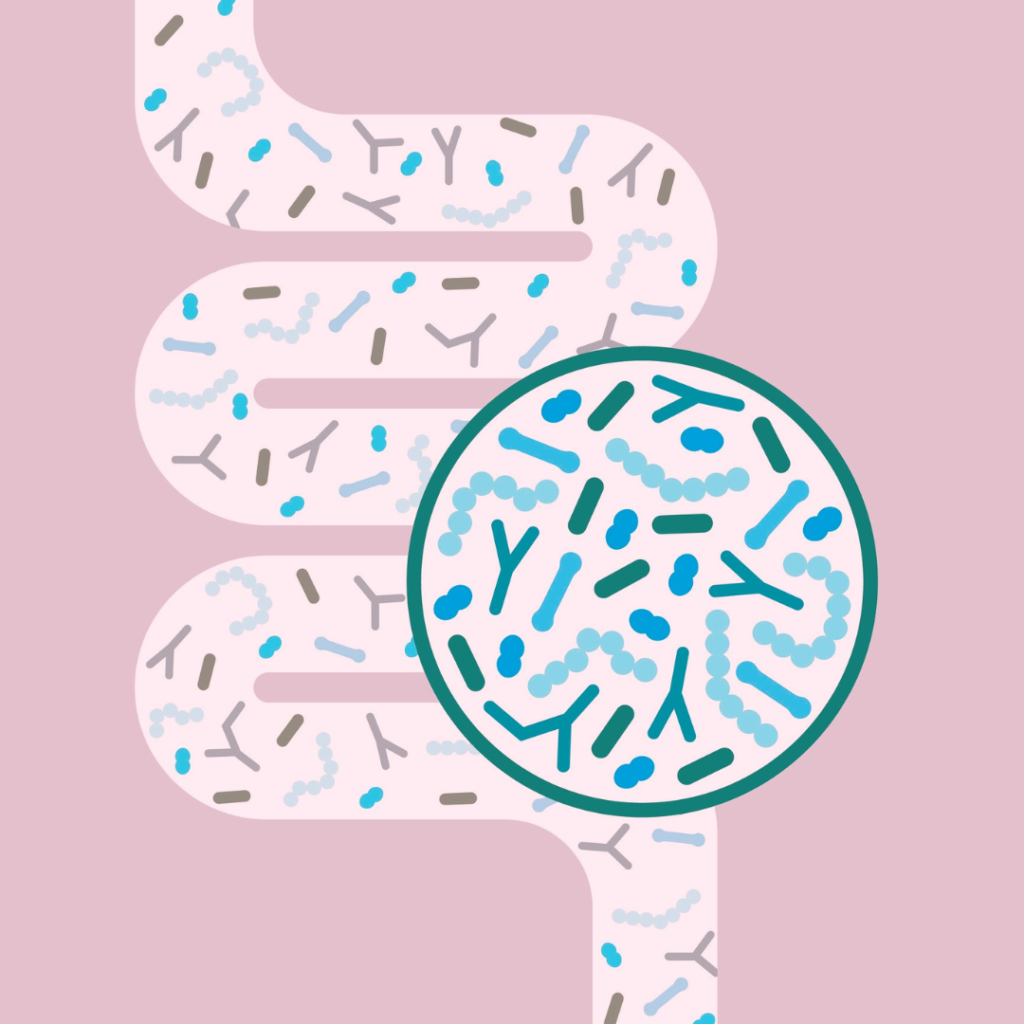
Human Microbiome Database
Microbiome Database | Microbiome | Microbiota | Research | Analysis | Technology | Summary
Human Microbiome Database
There are trillions of bacteria, viruses, fungi, and parasites that live in and on our bodies. These microorganisms (microbes) benefit our health. But how can we know the exact health benefits without identifying the species of microorganisms and the roles they play?
To better understand the world of microorganisms in our body, more research is being done and a database is being developed. This can help provide insights into the composition and role of the human microbiome. For this database information is being gathered through associated research projects.
Human Microbiome
Our bodies encompass trillions of microorganisms, also called microbes. These microbes include:
- Bacteria,
- Viruses,
- Fungi, and
- Parasites
An environment of microbes is a microbiome. Our body’s has trillions of symbiotic microbes, most of which is in the gut microbiome. The human microbiome refers to all the different genes of the species of microbes that make up our bodies.
The question of what the human microbiome is, and the role it plays in our health, has been the topic of many research projects worldwide.
Microbiome Vs Microbiota
Microorganisms are also called microbes or microbiota. Microbiotas are the microbes, specifically ones associated with humans, that make up the human microbiome. A microbiome in general is the collection of microbes that make up an environment.
Each person’s microbiome is unique, made up of different combinations of microbiotas. The terms microbiome and microbiota are sometimes used interchangeably. However, they do refer to different things.
The microbiome refers to the microorganisms and their genes whereas microbiota is just the microorganisms.

Microbiome Project
Each person’s microbiome is unique, and our microbiomes are very important for our health. However, it is hard to say this for certain without knowing conclusively how many and what types of microbes live in our bodies. There are many questions related to the uniqueness of microbiomes, for instance, how do they differ from person to person and from site to site within each person.
In an effort to answer these questions, the Human Microbiome Project was developed to create a database of microbes that reside in and on our bodies. This database helps see the differences between people and body sites and what these differences mean for our health.
The project showed that the community of microbes varies from one person to another. Also, the metabolic differences caused by this variance can be related to health outcomes and certain diseases. It is important to know what a normal microbiome looks like to show that changes in it can lead to or cause diseases. Knowing the changes associated with disease and being able to fix them can help treat many conditions.
Here are some more insights from the Human Microbiome Project:
- Diet, especially fat and fibre intake, hugely affects your microbiome makeup
- The gut microbiome can influence our circadian rhythms
- Some bacteria can influence weight
Read more about the Human Microbiome Project here and studies that use the data here.
Gut Microbiome Analysis
Gut microbiome analysis involves taking fecal samples from patients. The samples are then then sequenced to determine the microbial makeup. This characterizes the species that make up the gut microbiome and can be used to determine trends between patients with specific diseases or to develop a database.
Analysing the gut microbiome can also be done, for example, to look for markers for certain cancers.
Microbiome Technology
We need specialised technologies to carry out microbiome research and develop a microbiome database. These include 16S rRNA sequencing and shotgun metagenomic sequencing. These methods identify the bacteria involved in the sample. While 16S rRNA sequencing is just for the 16S rRNA genes, shotgun metagenomic sequencing can measure all the genes in a sample.
To process this data, researchers are now using machine learning technology to determine how the microbiome changes and its effects on our health. These new technologies are what makes it possible to do microbiome research and find out more about this important aspect of our bodies.
Conclusion
Overall, our bodies’ microbiomes have an affect our health. Research has been done and continues to be needed to determine how the microbiome affects us and how to keep us healthy. This research and the development of human microbiome databases give us a better understanding of the world of microbiomes and how we can use that to help treat certain diseases as well.
References:
Harvard T.H Chan School of Public Health: The Microbiome
National Institutes of Health: Human Microbiome Project
NIH Human Microbiome Project
BMJ Journals: Gut Microbiome Analysis as a Tool Towards Targeted Non-Invasive Biomarkers for Early Hepatocellular Carcinoma
Frontiers in Microbiology: Key Technologies for Progressing Discovery of Microbiome-Based Medicines
